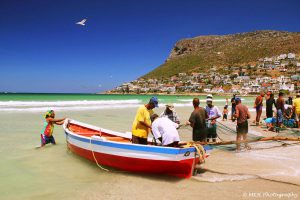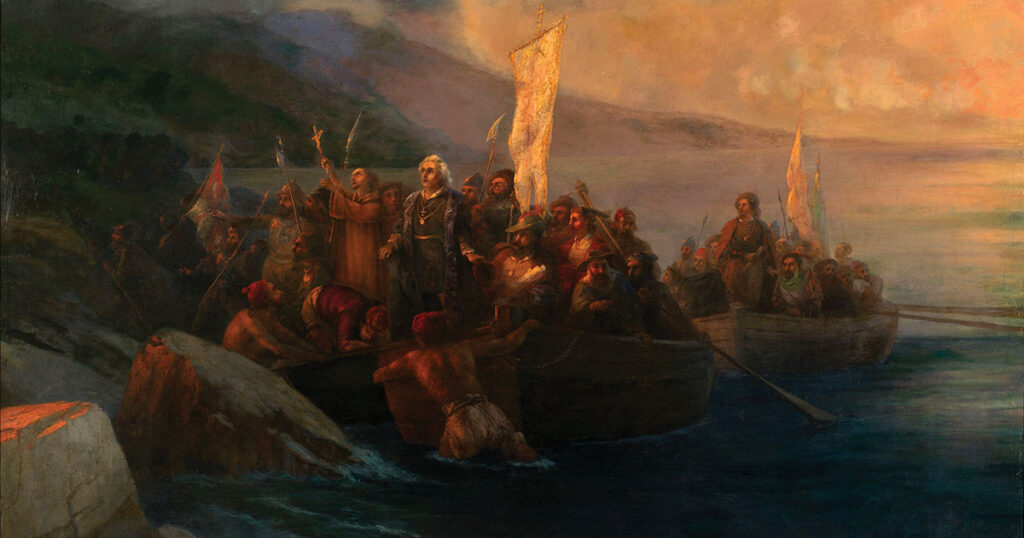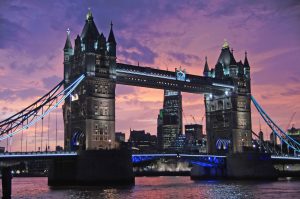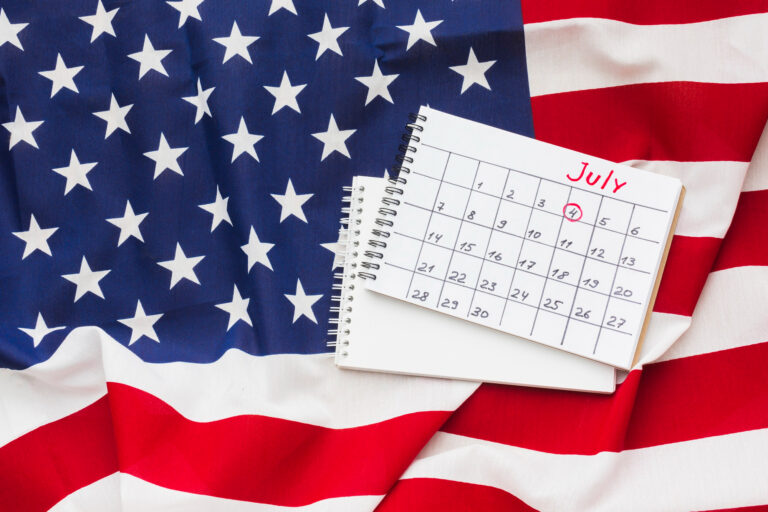Myths about Columbus’ Expeditions Dispelled
MYTH:
Columbus set out to prove the earth was round.
FACT: At the end of the 15th Century, most everyone knew the earth was a sphere. What was in question, however, was the size of the earth–its circumference. Columbus underestimated the size of the earth by one-fourth.
MYTH: Queen Isabella sold the crown jewels to pay for Columbus’ voyage.
FACT: The queen may have suggested this at some point, but her financial advisers assured her that there were other ways to finance the enterprise. One way was to make the city of Palos pay back a debt to the crown by providing two of the ships. Another way was to get Italian financial backing for part of the expenses. The crown had to put up very little money from the treasury.
MYTH: The crew of the three ships on the voyage of discovery was made up mainly of criminals and nare-do-goods.
FACT: The crew was primarily comprised of seasoned sailors from the towns of Palos and Moguer, Spain, thanks to the efforts of the Pinzon brothers. Just in case Columbus might have had trouble attracting a crew, the crown did offer amnesty to criminals. However, only four criminals were on board: one a convicted murderer (he killed a man in a quarrel); the other three, accused of freeing him from prison.
MYTH: Several hundred sailors were aboard the three caravels on the initial voyage in 1492. The ships were relatively large for the anticipated long journey on an unpredictable sea.
FACT: Only 90 men made the first voyage of discovery. The ships were quite tiny by modern standards–no longer than a tennis court, and less than 30 feet wide. The Santa Maria had 40 men aboard, the Pinta, 26, and the Ni$a, 24. Only the Ni$a and the Pinta returned to Spain, as the Santa Maria was shipwrecked on Christmas Day, 1492. 39 men volunteered to stay behind at the fortress called “La Navidad” on the northern coast of present-day
Haiti (they all perished at the hands of the Indians prior to the return of Columbus the following year).
MYTH: Columbus suffered from syphilis and probably died from it.
FACT: Columbus suffered in later life from a form of gout–an arthritic condition in his joints caused by the rigors of the sea. His eyesight was also declining. While syphilis was introduced into Europe after 1492, probably by the Indians Columbus brought back to Spain or by the sailors who had contact with them in the new world, Columbus was not infected by it.
MYTH: Columbus died a pauper, in chains, in a Spanish prison.
FACT: Despite the fact that the Spanish crown retracted some of the privileges promised to Columbus, he was a relatively rich man at the time of his death. Although he returned to Spain in chains in 1500 after his third voyage, the King and Queen apologized for the misunderstanding and had them removed. Columbus died quietly at the age of 55 in Valladolid, Spain, on May 20, 1506 in his own apartment attended by family and friends.
MYTH: Columbus is buried in Santo Domingo, the Dominican Republic.
FACT: There is much controversy surrounding the whereabouts of the remains of Columbus. There are records of the transferral of his remains on different occasions, so that it is possible that parts of his remains are in several locations. The prevailing belief, however, is that his primary burial place is in the Cathedral of Seville, Spain, with some of his bones or ashes in Santo Domingo, Dominican Republic, and some in Genoa, Italy. At
one time they were in Cuba.
MYTH: Columbus set foot on North American soil at some point now a part of mainland United States.
FACT: Columbus never saw North America. His first landfall was in the Bahamas, probably the current San Salvador (Watlings Island), although even this is disputed (Samana Cay, an island 65 miles south of San Salvador is a strong contender). There are proponents for seven other possible island landing sites. The only current U.S. territories either sighted or visited by Columbus are the U.S. Virgin Islands, which Columbus named on his second voyage, and Puerto Rico. While in anchor of St. Croix (USVI) on November 14, 1493, some of Columbus’ crew experienced the first hostile encounter with the Indians. Five days later he landed at San Juan Bautista, now Puerto Rico. Later he would visit the northeastern tip of South America and the eastern coast of Central America, but never mainland U.S.A. The fact is that Columbus never admitted that he had discovered a new continent.
Source: International Columbian Quincentenary Alliance
Return to Columbus Day page













































